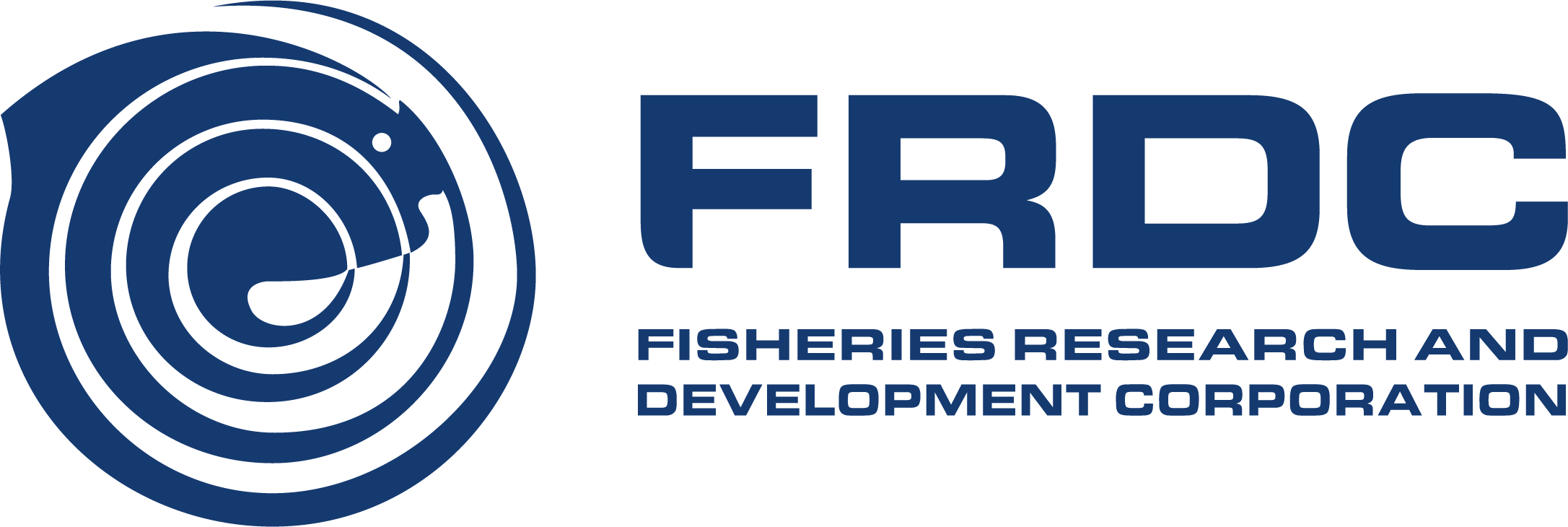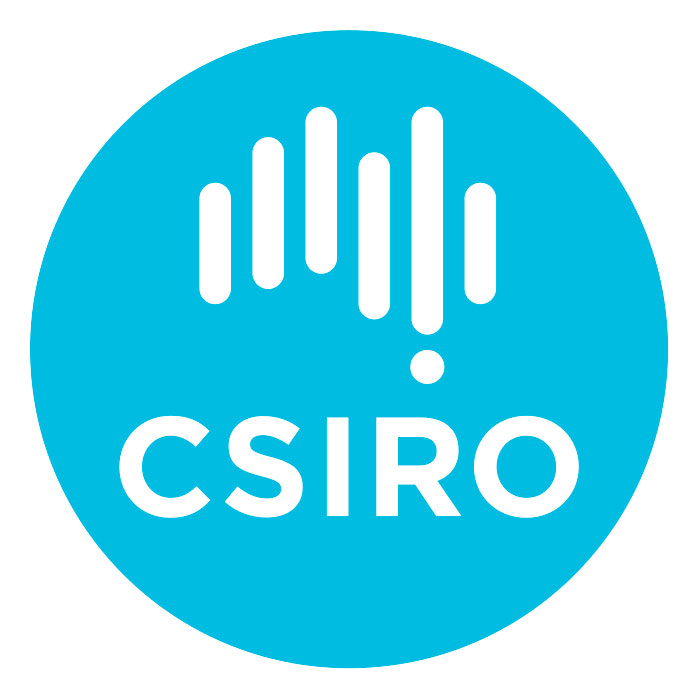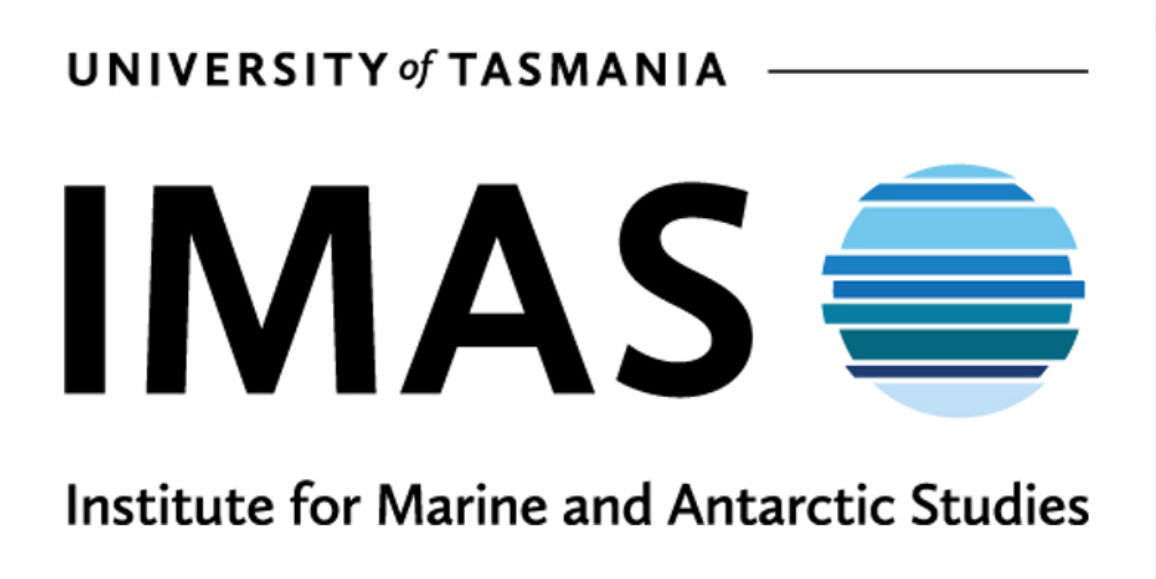Tasmania is considered to be hotspot for climate change, particularly in marine environments. Back in 2008, IMAS (then called the Tasmanian Aquaculture and Fisheries Institute) and CSIRO researchers documented the impacts of climate change on Atlantic salmon farming and scoped out possible solutions for industry to adapt to these changes.
Without adaptation, increased water temperatures are likely to decrease Atlantic salmon production due to increases in thermal stress and disease events, as well as decreases in feed intake and growth. The industry currently addresses these issues through changes to farm management practices, site locations and selective breeding. How large Atlantic salmon perform in cages is another area to address.
In an FRDC-funded aquaculture nutrition subprogram in 2008, IMAS assessed the interaction between nutrition and climate change effects, particularly water temperature and associated sub-optimum conditions. This study and ongoing IMAS research has informed international models on salmon growth, redefined nutrient requirements, identified nutrition-health-environment interactions, and investigated how temperature affects flesh quality and therefore the value of salmon to human nutrition.
IMAS research shows that an increase in salmon’s protein requirements (therefore amino acid requirements) coincides with increasing temperature and decreasing dissolved oxygen. It also indicates that increased temperature will decrease essential omega-3 fatty acids in salmon. IMAS-led research has also shown that critical climate change responses may differ in individual fish according to size, sex, and ploidy, i.e. the number of chromosome sets in a cell.



